
Einhander Review
A Shooter to Save a Genre
Einhander
Platform: PlayStation

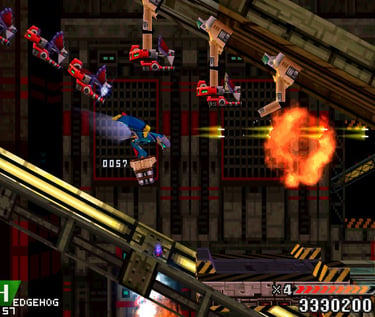
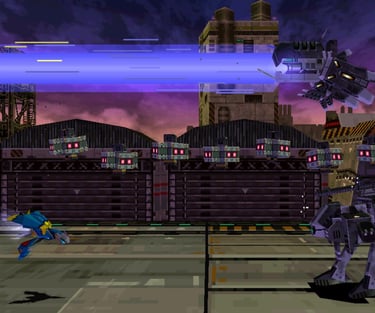

The bosses are among the game's highlights, often feeling like full stages in and of themselves.

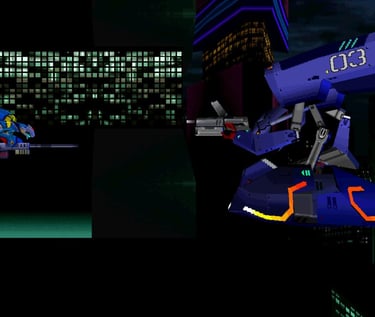
‘90s gaming came like the Big Bang; once the pastime penetrated the third dimension, a plethora of new genres exploded into homes.
And what excursions they were! The first-person shooter. The survival horror. The on-line adventure. Players got to demon-hunt in Doom. They got to blast zombies in Resident Evil. But for all the wonders the polygon wrought—its “mature” themes, its grit and self-seriousness—it bought at a terrible cost. Genres popular just years before became trite overnight. The point-and-click adventure was suddenly so clunky and slow! The single-screen platformer so derivative! And the classical shooter? So trapped in the past.
These old-school types didn’t die without a fight, however. The Adventure genre got a final chance with Phantasmagoria. The Platformer groped for hope in Yoyo’s Puzzle Park. And the shooter…its last gasp for relevancy came from an unlikely source. SquareSoft, a company renowned for its epic RPGs, developed the very antithesis of what the shooter had heretofore stood for; more than just an adrenaline rush, the company built a dynamic game of cinematic weight and experience all but certain to revitalize the dying paradigm.
…
Most shooters (or “shoot ‘em ups,” as has become the overused, colloquial term) keep to the Gradius/Raiden template. Gradius takes the horizontal approach, sending a ship from left to right as it encounters a constant roster of incoming craft and scattershot baddies. Raiden, conversely, flattens the action to an overhead perspective, pouring enemies in from the top and crowding out the poor player below. By the mid-90s, both approaches had been nigh-perfected, offering only incremental changes and refinements to what had become a predictable formula. Predictably fun…but tropishly so.
Some exceptions did exist; Nintendo and Argonaut Software’s Star Fox brought the genre into the third dimension, setting the camera behind the ship for a more visceral, enveloping experience. But this shift to 3-D changed more than the perspective—it changed the game’s very nature, converting the traditional shoot ‘em up into something more akin to a fantasy flight sim or quasi-rail shooter. This brought an obvious concern: could the shooter, as classically conceived, be updated without undermining its very essence or identity? It’s a lot like asking whether a butterfly can still be a caterpillar.
Then entered SquareSoft, the genre’s would-be savior. As the genre edged towards obsolescence, the unlikely company secreted a little secret into the market. A sleeper release that, although praised by those who played it, still went largely unseen. A game that should have reinvigorated one of gaming’s oldest and storied genres. Should have, in fact, saved it.
…
“Einhander” is a German word meaning, roughly, “one hand.” More specifically, it refers to a type of one-handed sword, a name that represents the game’s chief mechanic. Caught in an endless war, the Moon unleashes its Einhander craft onto the Earth below, a ship capable of snatching the weapons of fallen foes by virtue of its retractable arm. These weapons can then be reused to obliterate other enemies. The target, in a sense, becomes the power-up.
It’s an interesting conceit that grants the player a high level of flexibility, especially for those flying the most complex of the ship’s three starting models—a craft able to wield two "gunpods" at once, unloading a double payload of uber-firepower. All that’s needed are some convenient enemies, their rocket launchers and gatling guns and plasma cannons first dismembered, then repurposed, for a variety of counter-destructive combinations. These weapons can be used in tandem or individually, and be positioned either atop or beneath the ship. But the ammunition of these commandeered goodies isn’t infinite. As players weave and dodge and try to survive, they must also be vigilant in replacing their spent munitions.
And yet, the clever weapon system is not what makes Einhander great; it’s everything else. The game isn’t merely played or even experienced—it’s felt, with every weapon containing a certain weight and momentum when dispensed. Every projectile is fired with a certain clatter, a certain emphasis. Enemies, from walkers to turrets to flying mechs, all buckle when attacked, crumple and crumble when defeated. The game feels real, tangible, physical…despite its sensational pretenses.
The game’s crunchy, metal-grinding-against-metal nature is further enhanced by its seven epic, side-scrolling stages, each of which possesses its own ominous vibe and diverse adversities. Stage one flies the player through a dystopian metropolis full of garish billboards and nightmarish skyscrapers, all while pursued by the city’s capital police. Stage 2 is a train chase through a desolated wasteland. Stage 6 requires the player to dismantle a giant rocket, thruster by thruster, before it breaches the sky and finds the moon behind. A pulsing musical score accompanies the chaos, layering atmospheric noises with subdued, haunting tunes before sometimes exploding into sheer, blood-pumping techno. Never has a shooter offered a world so absorbing, a thrill-ride so terrifying.
But Einhander’s greatest triumph comes in its bosses. Like the Kaiju born of some arcane, robotic god, these towering beasts intercept the usual action with their own dynamic entrance and titanic attacks. Blow off one’s arm, it might retaliate with a sudden laser blast hidden within its chest plate. Sever a “head,” and one might charge forward in a last-ditch effort to save itself. It’s a layered approach to boss design that can bring starkly divergent experiences on every playthrough. Players must determine which weak points are worth targeting…and which points are best outright ignoring, lest the boss retaliate with an even deadlier response. Weapon choice, of course, also matters, with different loadouts offering certain advantages at different phases of a boss’ defenses.
All of this is wrapped in some of the finest graphics to grace the PlayStation; it’s a tour-de-force of aesthetic design, offering visuals that both ignite the imagination and frighten the mind, from the ominous spotlights and leering billboards that line the game’s nihilistic cityscapes to a starry void striped by the laser-fire of a mechanical angel crowned with the blossom of radiant rage. Battle has never been so pretty, death so brilliant. Mankind so vile in its guile.
Which speaks to the game’s terse but poignant narrative—the player’s journey is one of death and deception and eventual redemption as the nameless pilot eventually chooses a different side. His own. Einhander’s storyline is as timeless as its gameplay, a true milestone for the entire genre.
If the game has any true weaknesses, they’re few and trivial. Bullet-hell lovers might find the game’s scoring system too simplistic. Hit boxes can sometimes be tricky to discern. And some might find the polygonal graphics and cinematic camera a mite confusing when determining enemy placement and weakness. Per the third point, Einhander will occasionally twist the perspective for a more enveloping, isometric effect—a fancy flourish that nevertheless confounds during certain climactic boss fights. But such is the price for experimenting with an historically staid, ancient paradigm.
If Einhander isn’t perfect, it’s certainly the perfect attempt at updating the classical shooter template. It fixes and remixes just enough to both renew but also respect one of gaming’s oldest genres, keeping purists happy while enticing, in theory, an entire new generation of players. Ultimately, only the former objective was achieved—while shoot ‘em up fans still genuflect at SquareSoft’s masterpiece, outsiders and laymen alike remain unaware, or don’t care, about the PlayStation shooter that re-devised all the rules.
As of 2024, there isn’t another shooter—nay, another game—quite like Einhander. And sadly, there may never be. The shooter has become relegated to the indie market, lacking the budget, the vision, and the sheer 3-D spectacle that made Square’s classic so fantastic. By the 2000s, the genre would become felled by the bullet-hell spell that still holds sway to this day: vertical, difficult, and increasingly niche.
Einhander never got its needed evangelists—the genre gatekeepers who would recognize and then advertise its brilliance to the masses. So the game languished, abandoned and left to wistful wish across the decades…maybe remembered and respected but never fully celebrated. Even today, the West still awaits a proper rerelease…let alone a sequel.
But perhaps, just maybe, this was one never meant to be topped. Einhander is the one hand, the one ring, to truly rule them all.--D
Publisher: Sony Computer Entertainment (NA)
Developer: SquareSoft
Release: 1998 (NA)
Genre: Shooter
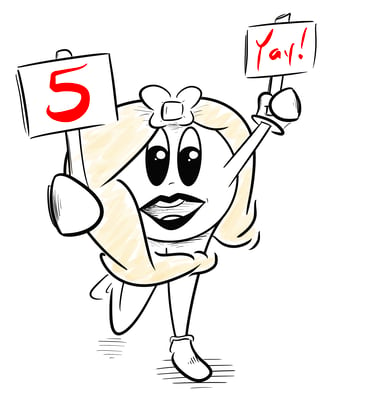



Stage One's mid-boss is a good early example of the game's dynamism. Destroying certain weapons in a certain order forces the big guy to bring out the big gun.



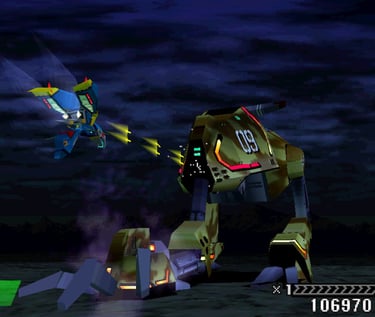
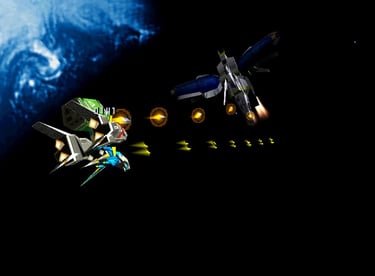


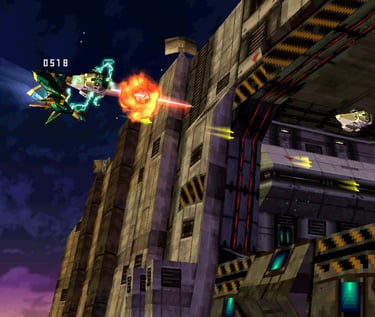
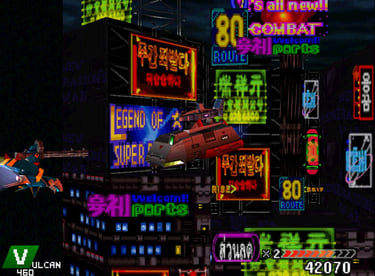



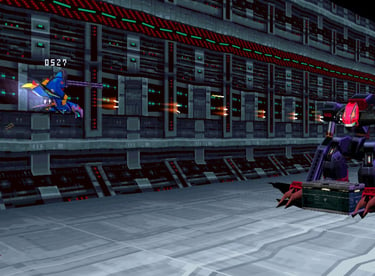

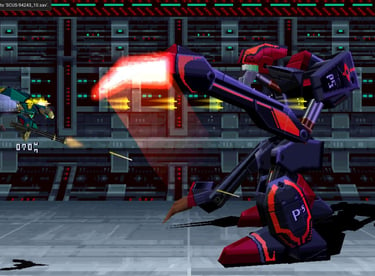

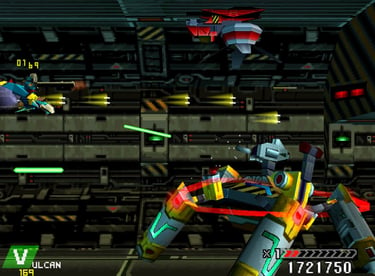

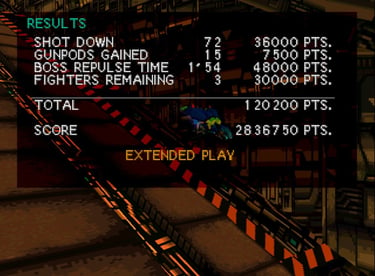



Einhander likes its twisting perspectives. It does add an immersive flair, but sometimes, the swerving angles can lead to unnecessary confusion.
Despite the PlayStation's graphical limitations, Einhander's graphics shine divine with some excellent artistic design. Stage One's haunting billboards evoke the city's dystopian tone perfectly.
Like many shooters, Einhander does employ a specialized point system. Hardcore fans, especially those of the bullet-hell persuasion, might find it a bit simplistic...but playing for points is not the, er, main point of Einhander. It's the experience.
Contact: lostnostalgiaproductions@gmail.com
Website: www.lostnostalgia.com
Like what we're doing? Please consider throwing us a dollar into our Patreon page's tip jar!


